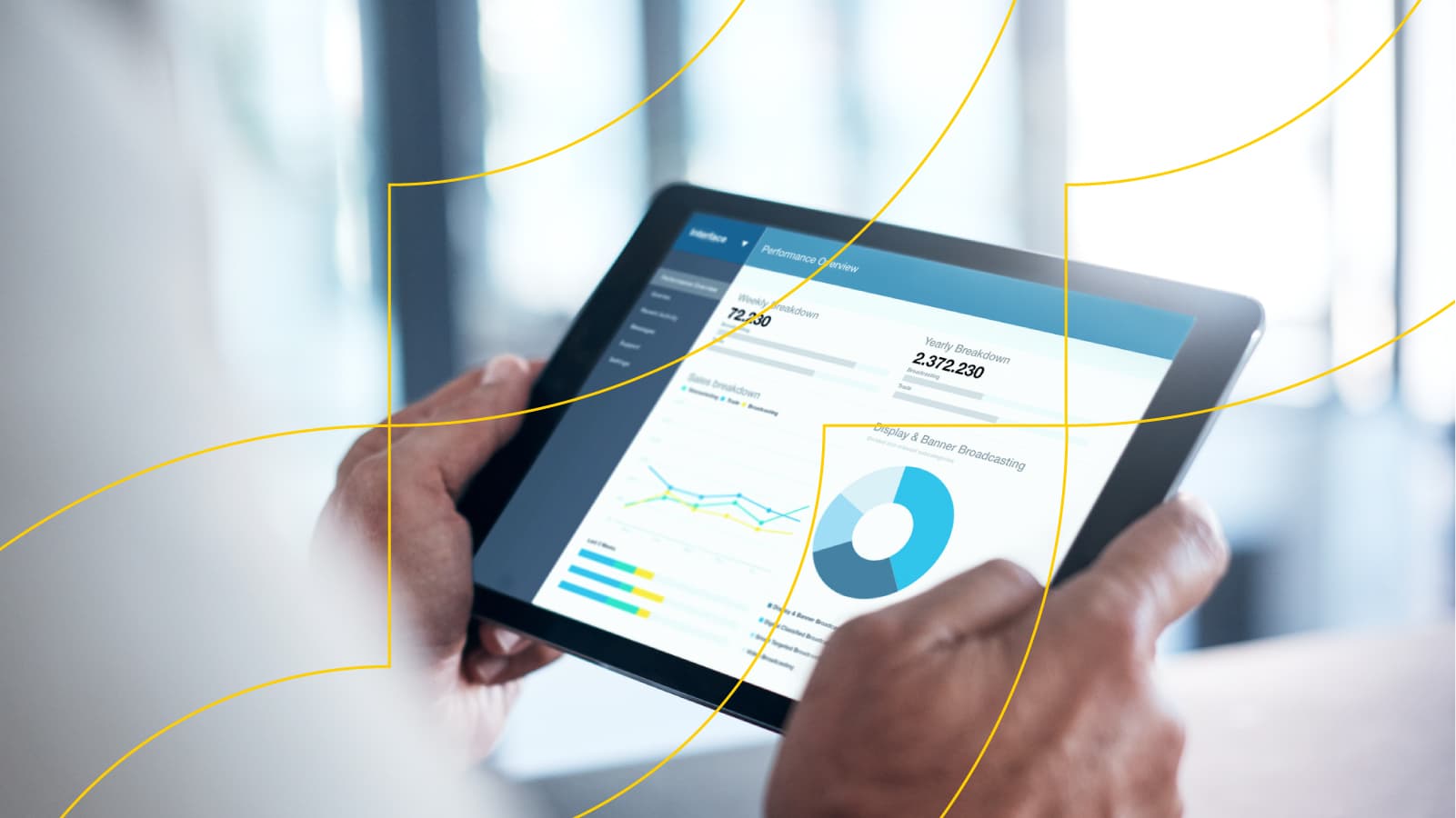How to use metrics to guide your content strategy
Personalization continues to be top of mind for just about every brand around the world as part of their content strategy.

In fact, Episerver’s survey of 600 global B2B leaders indicates “personalizing the web experience to each customer” is the number one digital experience improvement companies want to make. On the consumer side, online shoppers want brands to keep making personalization a priority.
While customers have quickly adapted to the digital age and adopted new technology at an unprecedented pace, an unfortunate reality is that brands continually play catch-up in their attempt to fill those channels with helpful, channel-optimized content.
The problem facing every brand is that providing a fresh, personalized, engaging, and consistent experience across your website, ecommerce sites (if applicable), mobile channels, social media, digital advertising, email, offline advertising, and so on is daunting, logistically difficult and almost impossible. In fact, according to Gartner, 65% of marketing leaders agreed with the statement, “We feel overwhelmed by the need to create more content to support personalization.” (Source: Gartner, Evolve Your Content Production Processes to Support Personalization at Scale.)
A big reason it’s so difficult and overwhelming is that personalization is not the responsibility of just one department. Forrester puts its simply and clearly (source: Forrester, Use Personalization To Drive Loyalty And Customer Obsession):
“Layer in resource constraints and organizational silos — since personalization can manifest in marketing, service, sales, product, and other types of experiences — and it’s no wonder personalization is a challenge.”
Most brands respond to this challenge by brute force: create more specialist content. Various studies have placed content spend as between 30-40% of overall marketing spend. If marketers are spending so much on content, why are they still struggling? Do you really need to spend more on content?
The answer, of course, is no - but it does mean facing up to a hard truth: personalization requires more than just customer data. It requires a deep knowledge and capability to pair the best content with the right individual. If you know 10 things about an individual, you should also know 10 things about your content.
Content metrics and the broader concept of content intelligence might be new to you, so let’s look at metrics across the entire content lifecycle that you can use to optimize your content strategy. We’ll start with common activity-based metrics and work our way back upstream to the investment stage. Then we’ll round out with some guidance on best practices for applying the metrics.
”Eyeballs to Content”
When I talk to customers, these are some of the most common metrics people have in place because they’re fairly easy to find as most channels provide consumption stats as a base feature. Examples include:
- Search performance
- Search traffic
- Website view
- Website path analysis
- Website search
- Time on website
- Bounce rate
- Social shares, likes, clicks, views
I’m including them here because I want to highlight the value so you can properly have a conversation around their usage. Consumption metrics are good for both showing activity and an increase in reach, and they also serve as an easy way to highlight the benefits of optimization efforts. To tie it all back to the 30-40% of marketing budget spent on content alone, you must ask yourself: are you in control of your marketing to the extent that if you recieved an increase in funding you would see a proportional increase in activity?
Yet, consumption metrics cannot simply be used to highlight the success (or lack thereof) of your marketing activity. In order to be a truly successful marketing practice, consumption metrics must serve as an early warning sign. If these metrics start to decline, it’s worth investigating to see if there are technical issues, if your message is not resonating with your audiences, or if there is a competitive market change you need be aware of consequently take action within.
CONTENT INVESTMENT METRICS
As the category name suggests, this is about looking at your content and gauging holistically how many resources you actually invested: both hard dollars spent, and your team’s time and energy.
- Internal Consumption: "How often do marketers use content, and on which channels?"
- Content Creation: "How long did it take to create content?"
- Content Cost: “How much we spend on that content?”
- Agency investment: “How much investment did we have to make in our content agency?”
PERFORMANCE-BASED CONTENT METRICS
These are certainly more advanced metrics and require integration across your experience technology ecosystem. These metrices act as powerful ways of looking at content and depending on your business model, they can be easy to identify. My advice is that shorter, more consumer-oriented sales are typically easier to measure than longer, complex B2B sales processes because of the many inputs.
- Customer lifetime value: “Were we able to gain more loyalty (repeat purchase, more purchase, high satisfaction score)?”
- Incremental sales: “Did content lead to incremental sales?
- Order value: “Did different product content help increase order values?
- Return on Marketing Effort: “Did the content justify the effort we put in?”
PREDICTIVE CONTENT METRICS
The ultimate goal of a content strategy is being able to accurately predict performance. This helps to prioritize work, helps with budget allocation and ultimately increases the reputation of marketing in the eyes of the business.
- Market trends: “Does the data help predict future market trends? What is happening now that requires us to pivot?"
- Content characteristics: “Do certain types of content perform better than others?"
- Customer needs: “What types of experiences do customers want to consume?”
THE TECHNOLOGY ROADMAP – Episerver and Aprimo
We’ve just covered a lot of ground around the different types of metrics a business must utilize in order to be successful. Let’s remember that creativity and testing still lives in the content creation process, as well. Consumers are still unpredictable. Just because something doesn’t perform well doesn’t mean it was a failure; failing to measure and understand the ‘why’ before adjusting your next step is failure.
The combination of Episerver and Aprimo enables brands to make a content-powered personalization strategy work at scale – letting you track each and every type of metric needed to take the proper actions that make your business thrive with a content strategy you can manage.
Check out the marketplace listing to learn more.
